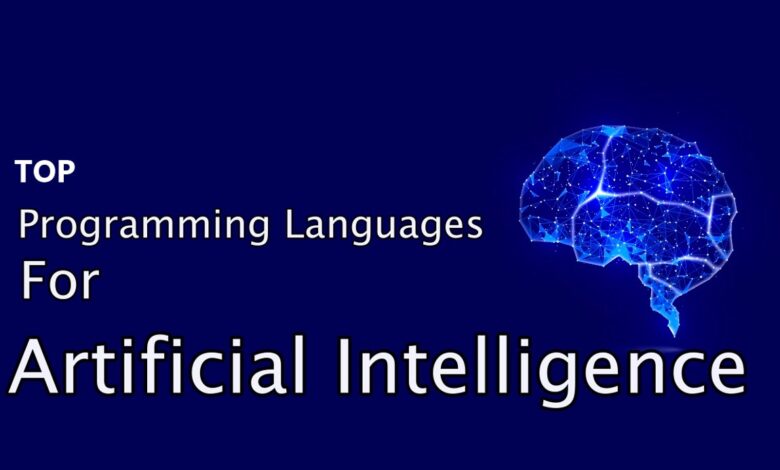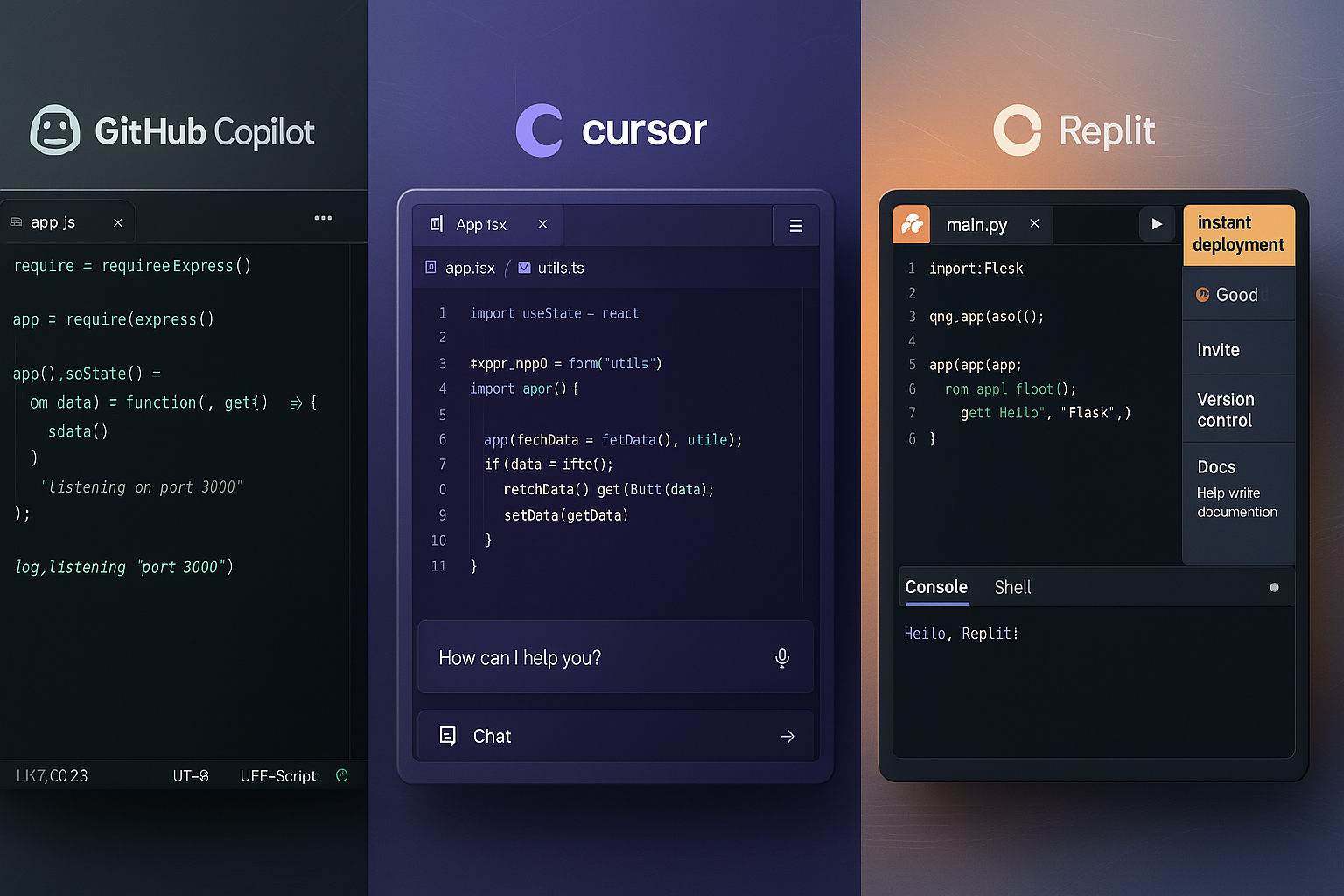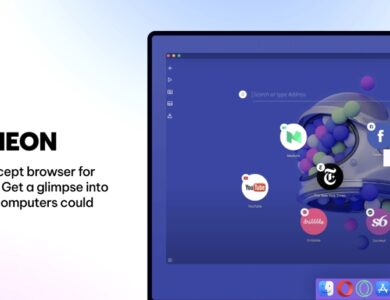Top 5 Programming Languages for AI in 2025
In this comprehensive guide, we’ll explore the top 5 programming languages for AI in 2025, highlighting their unique strengths, real-world applications, and why they continue to dominate the AI landscape.

Artificial Intelligence (AI) is revolutionizing industries around the world. From self-driving cars to intelligent healthcare systems, AI is changing the way we live and work. At the core of these innovations are programming languages, which provide the tools necessary to create powerful, efficient AI systems. But with so many languages available, which are the best programming languages for AI development in 2025?
In this comprehensive guide, we’ll explore the top 5 programming languages for AI in 2025, highlighting their unique strengths, real-world applications, and why they continue to dominate the AI landscape. Whether you’re a seasoned developer or just starting your AI journey, understanding these languages will help you make informed decisions about your next project.
Why Programming Languages are Crucial for AI Development
AI development requires more than just coding—it demands high performance, scalability, and advanced mathematical capabilities. The programming language you choose can significantly impact the success of your AI application. Here’s why selecting the right language matters:
1. Performance and Efficiency
AI models often involve processing large datasets and running complex algorithms. Performance is a key factor—languages that are optimized for speed and efficiency allow AI systems to perform better, especially with computationally intensive tasks.
2. Scalability and Flexibility
AI applications need to scale as data and user needs grow. Some languages offer more scalability, making it easier to handle complex AI models, especially in large-scale applications.
3. Libraries and Frameworks
The availability of libraries and frameworks accelerates the development process. A language with strong AI-focused libraries allows developers to leverage pre-built solutions, making it easier to build, train, and deploy AI models.
4. Community and Support
A large, active community ensures that you have access to tutorials, solutions, and open-source contributions, all of which can help you overcome technical challenges.
Top 5 Programming Languages for AI in 2025
Let’s dive into the top 5 programming languages for AI in 2025. These languages are the powerhouses driving AI innovation, each offering unique advantages that suit different types of AI projects. Whether you’re looking for industry-leading programming languages, cutting-edge programming languages, or the best programming languages to develop your AI applications, this list covers it all.
1. Python: The Unrivaled AI Leader
Python is by far the most popular programming language for ArtificiaI Intelligence development. Its simple syntax, vast library ecosystem, and strong community support make it the go-to language for AI, machine learning, and data science.
Why Python is Ideal for AI in 2025
- User-Friendly Syntax: Python’s clear and readable syntax makes it easy for developers to quickly prototype AI applications.
- Extensive Libraries: Python offers a wide range of libraries tailored to AI development, including:
- TensorFlow and Keras for deep learning.
- PyTorch for flexible neural networks.
- Scikit-learn for machine learning algorithms.
- spaCy and NLTK for natural language processing.
Python in Real-World AI Applications
- Healthcare: Python is used for developing AI models that predict patient outcomes and assist in medical diagnoses.
- Finance: Financial institutions use Python for algorithmic trading, fraud detection, and risk analysis.
- Automation: Python is widely used to build AI-powered chatbots, automation scripts, and data scraping tools.
Python’s Role in the Future of AI
Python will continue to dominate AI development due to its versatility and ongoing community contributions. As AI technologies evolve, Python’s role will likely expand, especially with new frameworks and libraries that improve performance and usability. Python is considered one of the future-proof programming languages, ensuring its relevance for years to come.
2. Java: Scalable and Robust for Enterprise AI
Java is a mature and versatile programming language that excels in building scalable AI systems. It remains a strong contender for developing enterprise-level AI applications, thanks to its stability and robustness.
Why Java is Crucial for AI in 2025
- Portability: Java’s “write once, run anywhere” philosophy allows AI applications to run on multiple platforms without modifications.
- Object-Oriented: Java’s object-oriented nature aids in the development of large, complex AI systems that require high levels of maintainability and modularity.
- Concurrency and Multi-threading: Java’s native support for multi-threading makes it ideal for processing large volumes of data simultaneously.
Java AI Libraries
- Deeplearning4j: A deep learning library for Java, known for its scalability.
- MOA (Massive Online Analysis): A framework designed for data mining and machine learning.
- Weka: A collection of machine learning algorithms that are useful for AI-driven data mining tasks.
When to Use Java for AI
Java is best for large-scale AI applications that require reliable performance, such as fraud detection systems, predictive analytics, and recommendation engines. Java remains one of the widely adopted programming languages for enterprise-level solutions.
3. C++: High Performance for Real-Time AI
C++ is renowned for its high performance and control over system resources, making it a powerful language for real-time AI applications, such as robotics and game development.
Why C++ is Crucial for AI in 2025
- Performance: C++ is one of the fastest programming languages, which is critical for AI systems that require real-time processing and decision-making.
- Memory Management: C++ gives developers fine-grained control over memory usage, which is particularly useful for optimizing AI algorithms that handle large datasets.
AI Libraries For C++
- TensorFlow C++ API: The C++ API for TensorFlow offers faster execution for performance-sensitive tasks.
- Caffe: A deep learning framework that excels in both performance and scalability.
- MXNet: Known for high performance, MXNet supports deep learning and is often used in production environments.
C++ in Robotics and Autonomous Systems
C++ is widely used in robotics, where real-time AI is crucial for tasks like autonomous navigation and decision-making. It’s also essential for AI-powered gaming and simulation systems. C++ continues to be one of the most in-demand programming languages for AI developers working on real-time systems.
4. Julia: High-Performance AI for Data-Intensive Applications
Julia is a high-performance language designed for numerical computing and data analysis, making it an excellent choice for AI applications that involve complex mathematical computations and large datasets.
Why Julia is Gaining Popularity for AI in 2025
- Performance: Julia delivers performance close to C++, which is crucial for training large, complex AI models.
- Simplicity: Julia offers a user-friendly syntax, combining the ease of Python with the performance of lower-level languages.
Julia AI Libraries
- Flux.jl: A deep learning framework that emphasizes flexibility and ease of use.
- Knet.jl: A framework for machine learning that includes automatic differentiation for optimizing models.
When to Use Julia for AI
Julia is perfect for research-based AI projects, especially those requiring complex simulations and data-heavy computations, such as scientific research, numerical analysis, and machine learning development. Julia is considered one of the cutting-edge programming languages that are driving the future of AI.
5. Swift for TensorFlow: The Future of Mobile AI
Swift, Apple’s programming language, is making waves in the AI community, especially with the introduction of Swift for TensorFlow. This combination enables developers to create AI models optimized for Apple’s hardware.
Why Swift is Emerging for AI in 2025
- Performance: Swift offers high performance, especially for mobile applications where efficiency is essential.
- Optimized for Apple Devices: Swift allows AI models to be optimized for iPhones, iPads, and Macs, making it ideal for mobile AI applications.
Swift for TensorFlow
Swift for TensorFlow is an open-source project that allows developers to combine the speed of Swift with the flexibility of TensorFlow, making it a powerful tool for building mobile AI applications.
When to Use Swift for AI
Swift is ideal for AI-powered mobile applications, particularly for iOS and macOS devices. It’s well-suited for AI in mobile apps, IoT devices, and edge computing. Swift is among the top-rated languages for AI development and is quickly gaining traction in the mobile AI space.
How to Choose the Right AI Programming Language for Your Project in 2025
When choosing the best AI programming language, consider factors such as your project’s scale, performance requirements, and your team’s expertise. Here’s a quick guide to help you make an informed decision:
- For Rapid Prototyping and Research: Choose Python for its ease of use and vast ecosystem.
- For Large-Scale AI Systems: Java offers scalability and enterprise-level tools.
- For Real-Time Systems: C++ is best for high-performance applications like robotics.
- For Data-Intensive AI: Choose Julia for its speed and precision in handling large datasets.
- For Mobile AI Applications: Swift for TensorFlow is the perfect choice for iOS apps.
Conclusion
As AI technologies continue to evolve, so will the programming languages that power them. In 2025, Python, Java, C++, Julia, and Swift for TensorFlow will remain essential tools in the AI development toolkit. These languages represent the most popular programming languages driving industry-leading AI solutions and are future-proof programming languages that will support AI innovation for years to come.
Call to Action
Are you ready to take your AI development skills to the next level? Whether you’re developing a machine learning model, a real-time AI system, or a mobile app, the right programming language can make all the difference. Explore these top AI languages, experiment with their features, and start building your next AI project today



